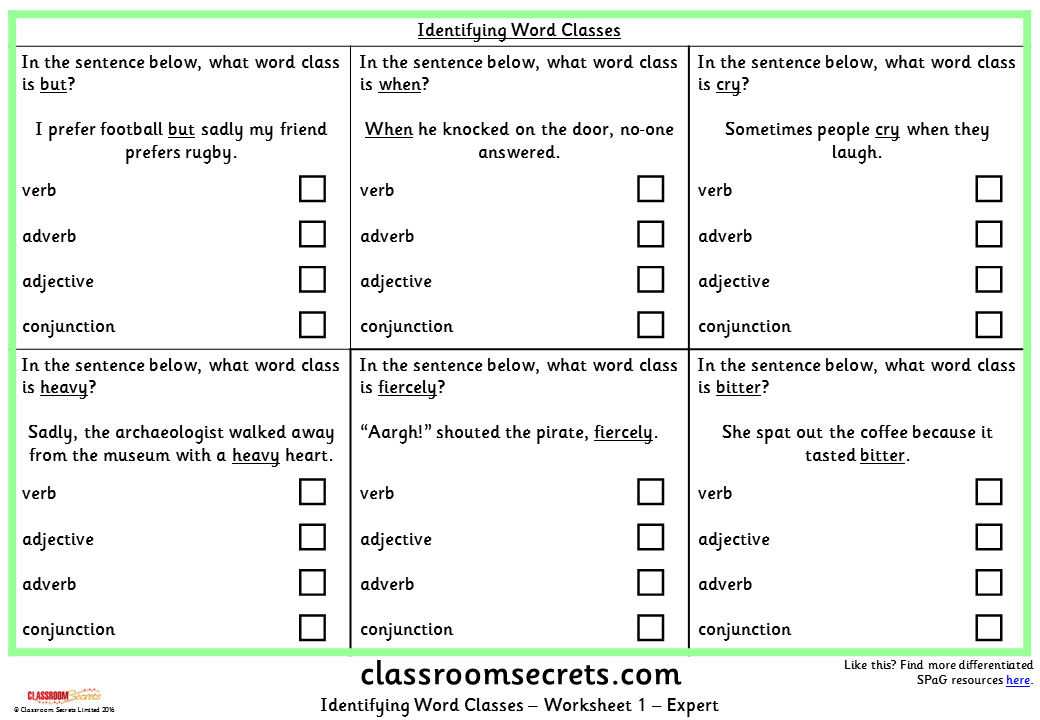
Authors: Barbara A. Wilson, MEd / Rebecca H. Felton, PhD
- Word Recognition and Spelling
- Individual Administration
- Ages 7 through 18
- Norm-Referenced
- Qualification Level B
Description
The WIST can be used to identify students who are having difficulty with fundamental literacy skills, and to isolate specific areas of weakness for struggling readers. It assesses word identification, spelling, and sound-symbol knowledge, and comes with both an elementary version (grades 2-5) and a secondary version (grades 6-12). It includes both norm-referenced and informal assessments and can be helpful in designing intervention plans for students. The WIST is also helpful for assessing progress on Orton-Gillingham and other phonics programs.
There are two core subtests (Word Identification and Spelling) and a supplemental subtest (Sound-Symbol Knowledge), which can be used in either the norm-referenced or informal assessment:
- Word Identification measures accuracy of sight recognition and ability to apply word attack skills, and sight recognition of irregular high-frequency words
- Spelling assesses ability to spell words from dictation through recall of correct letter sequences for familiar words or ability to apply sound/symbol relationships and rules of English orthography, and recall of letter order in irregular high-frequency words
- Sound-Symbol Knowledge assesses ability to associate sound(s) (i.e., phonemes) with specific letter(s) (i.e., graphemes). Three informal procedures provide additional diagnostic information about the student's performance on the test items, sound-symbol skills, and errors peculiar to written words
The WIST was normed on a representative sample of 1,520 children and adolescents.
Administration and Scoring
The WIST takes about 40 minutes to administer. Results can be reported as standard scores, percentiles, and age and grade equivalents; a composite score, the Fundamental Literacy Index, is also calculated. The informal assessment scores are used for clinical and instructional purposes. | |


- Holistic strategy calls the word non-phonetically first, never the other way around. The spell-and-re-try steps, note that where the student correctly calls certain words only after his attention is directed to their spelling, this indicates the existence of TWO knowledge systems relevant to identification of words.
- 1 (Preliminary Manual) The Miller Word-Identification Assessment Edward Miller, 1991 (Introduction by Charlie M. Richardson) Introduction The purpose of the Miller Word-Identification Assessment (MWIA) is to discover how a person “looks at” printed words, or the extent to which he/she is reading with the whole-word.
See Also...(Sold Separately) |
Item No. / Product Title |
8537-9
Decoding and Spelling Proficiency Test-Revised (DSPT-R)
|
DDD-1560
Test of Word Reading Efficiency - 2 (TOWRE-2)
|
DDD-901
Gray Diagnostic Reading Tests-2 (GDRT-2)
|
DDD-1573
Gray Oral Reading Tests-5 (GORT-5)
|
DDD-1073
Test of Reading Comprehension - 4 (TORC-4)
|
8826-4
Word ID: Assessment Across the Content Areas
|
Find Spelling Of A Word
There are two core subtests (Word Identification and Spelling) and a supplemental subtest (Sound-Symbol Knowledge), which can be used in either the norm-referenced or informal assessment: Word Identification measures accuracy of sight recognition and ability to apply word attack skills, and sight recognition of irregular high-frequency words.

